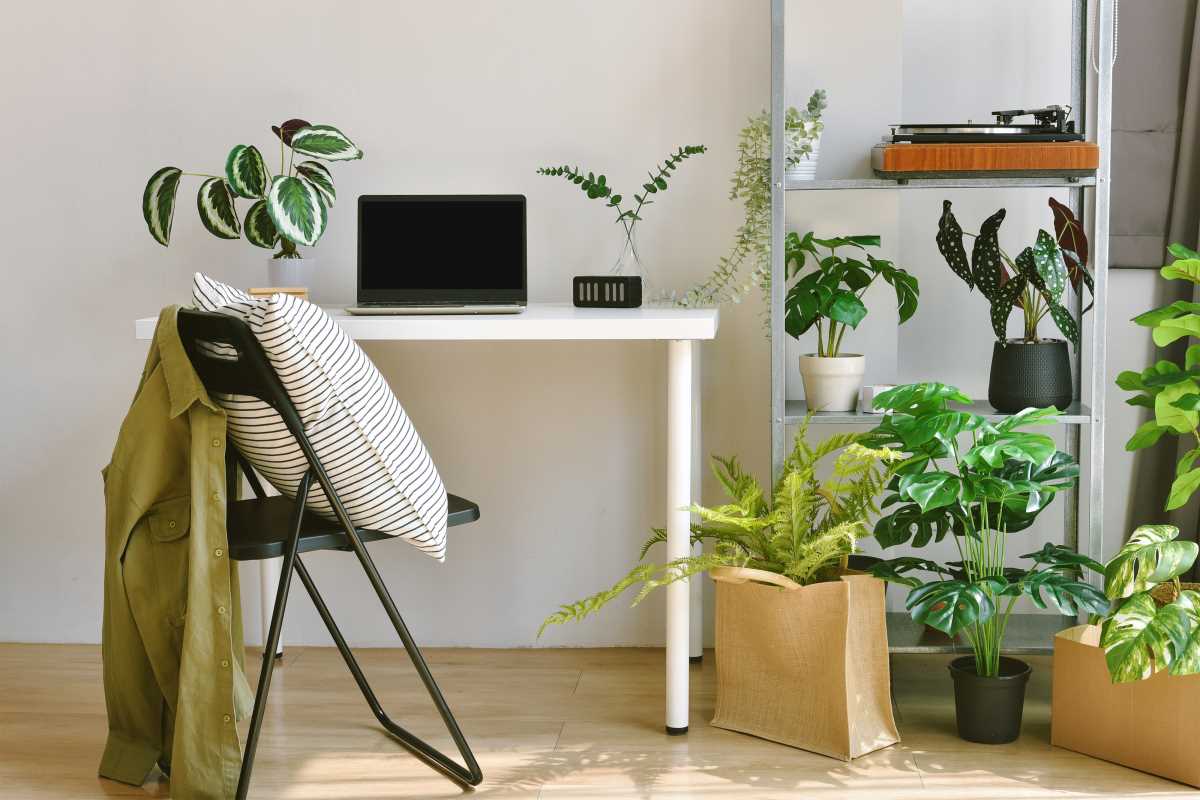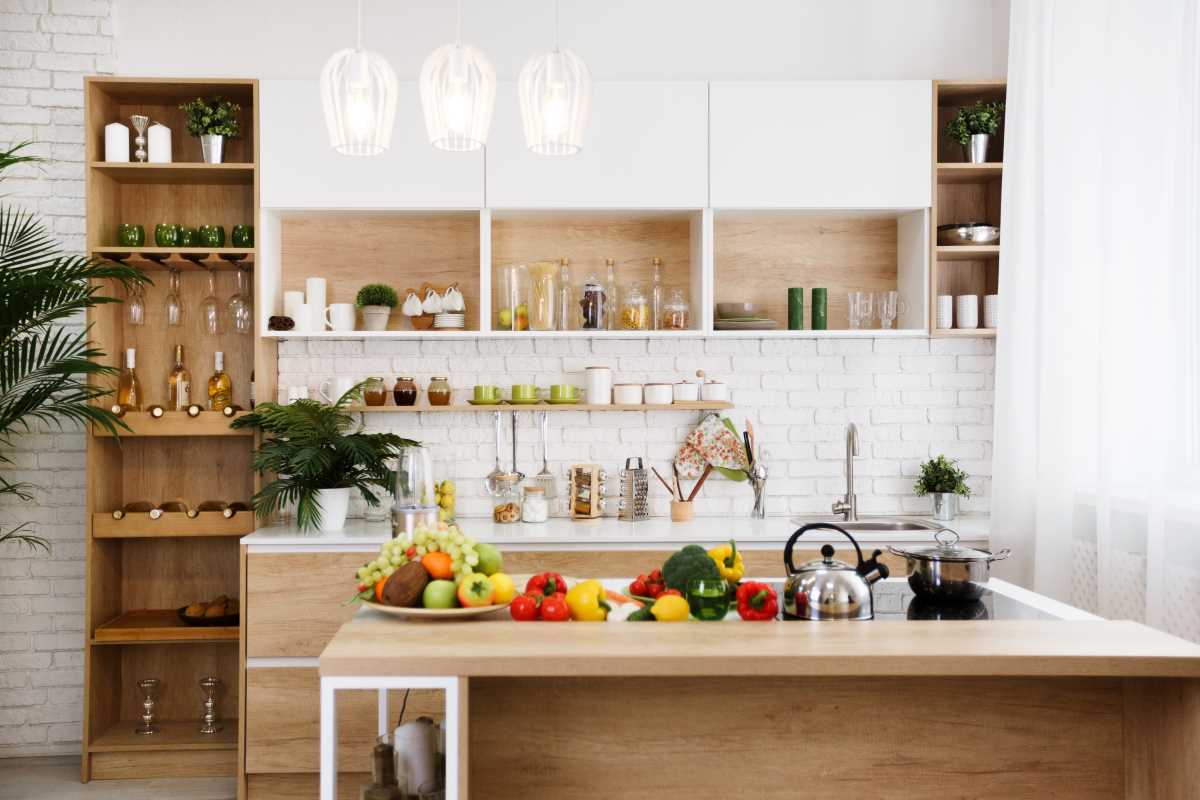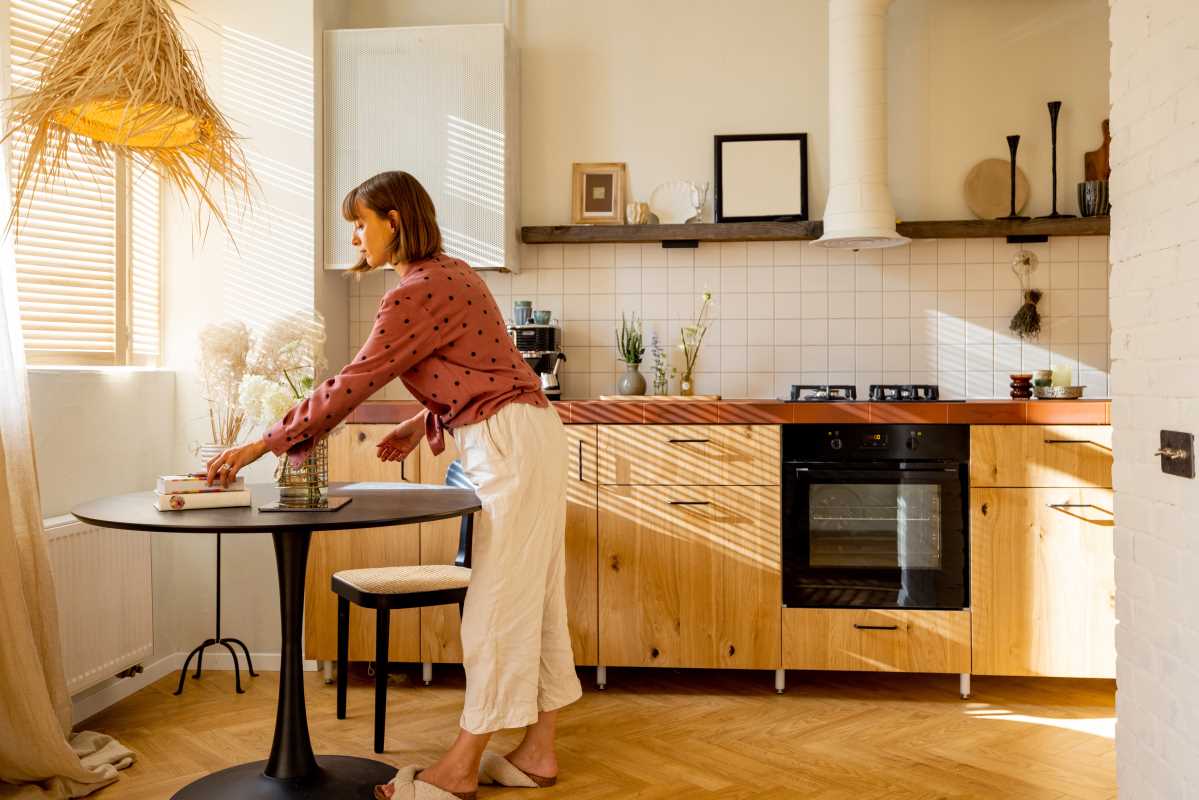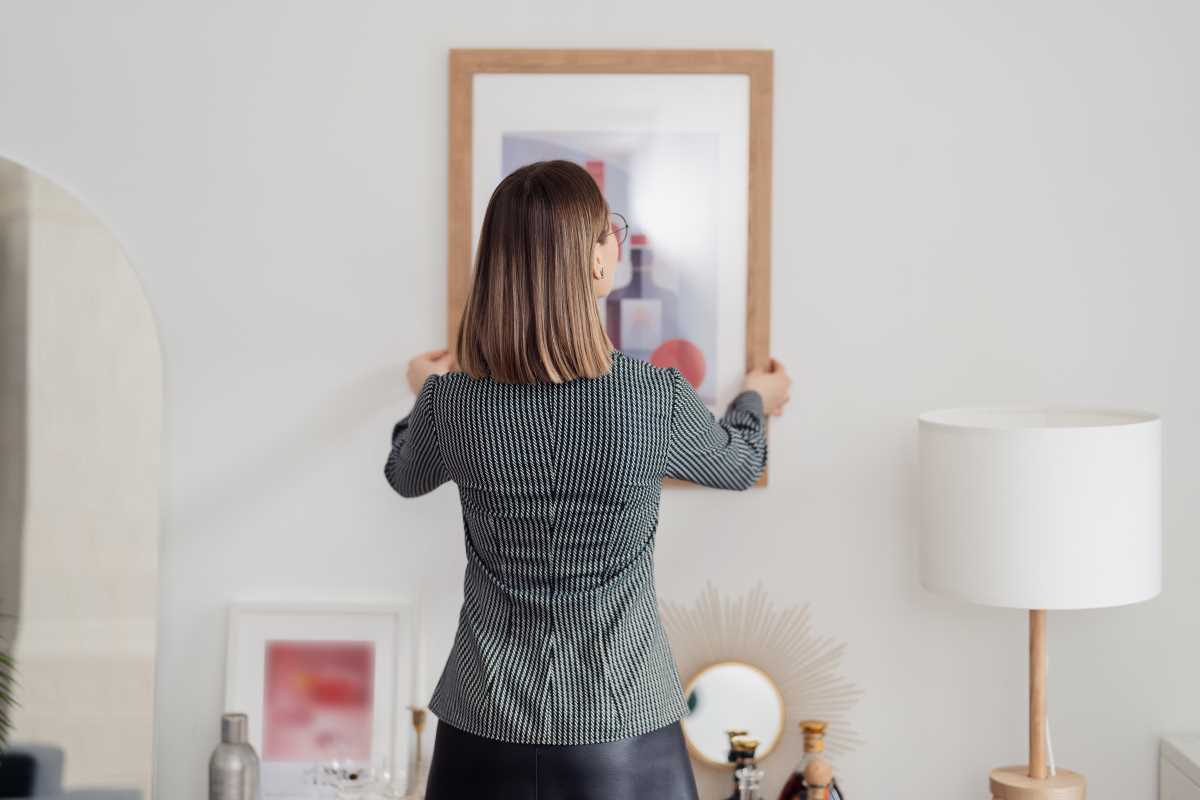Adding indoor plants to your living space brings a sense of comfort and a touch of nature that brightens every day. Tending to houseplants helps boost your creativity, ease daily stress, and brings a lively energy to any room. You will find practical, easy-to-follow advice here for choosing the right plants, placing them where they can thrive, and watering them properly. Troubleshooting common plant problems becomes simple with clear, step-by-step guidance. Let these tips support you as you create a greener, more inviting home with plants that suit your lifestyle and environment.
Choosing the Right Indoor Plants
Select plants that match your living space and routine to make caring for them feel natural. Think about your schedule, the light in your rooms, and your style preferences. These considerations help you find plants you’ll enjoy watching grow.
Use the list below to evaluate each plant on key traits before you bring it home:
- Light Needs: Low, medium or bright indirect sun.
- Water Frequency: Weekly, biweekly or monthly watering.
- Growth Size: Compact, medium or large footprint.
- Maintenance Level: Beginner-friendly, moderate or expert care.
- Pet Safety: Non-toxic and safe around cats or dogs.
For example, a snake plant thrives on neglect and tolerates dim corners, while a fiddle leaf fig demands bright light and regular pruning. Matching these traits to your lifestyle sets you up for success.
Optimizing Light and Placement
Even the hardiest varieties struggle without the right light. Observe how sunlight moves through your rooms during the day and note spots that get morning or afternoon rays. Then position each pot accordingly.
- Living Room: South- or west-facing windows work best for sun lovers like Echeveria. Place shade-preferring types a few feet away.
- Bedroom: East-facing windows offer gentle mornings. Try a peace lily or spider plant to filter air while you rest.
- Kitchen: Bright, indirect light near counters suits herbs like basil and mint or trailing pothos for a fresh garnish.
- Bathroom: If you have a window, humidity-loving ferns thrive there. No window? Pick low-light philodendrons.
Rotate pots every two weeks so each side receives equal light. This simple step keeps growth even and prevents plants from leaning heavily in one direction.
Proper Watering Techniques
Overwatering remains the most common mistake people make with plants. Instead of following a fixed schedule, check soil moisture directly. Slide your finger about an inch below the surface. If it feels dry, water the plant.
Water until it drains through the bottom holes, then discard excess from the saucer after 10 minutes. This flushes out built-up salts and prevents root rot. During winter, reduce watering slightly since growth slows down.
Collect rainwater or fill a jug and let tap water sit for 24 hours to let chlorine dissipate. Using room-temperature water helps avoid shocking roots with too much cold.
Soil, Fertilizer, and Repotting Basics
Most indoor plants grow well in light, well-draining mixes. You can buy a high-quality potting blend or create your own mix by combining equal parts potting soil, perlite and coconut coir for moisture balance. Avoid garden soil, which compacts and holds too much water.
Feed your green friends every three to four weeks during the growing season with a balanced, water-soluble fertilizer. I often reach for Miracle-Gro Indoor Plant Food, measuring half the recommended dose to keep leaves vibrant without over-stimulating growth.
When pots become crowded, roots circle the bottom and leave little room for fresh soil. Look for roots peeking out of drainage holes—that signals it’s time to repot. Choose a container one size larger and gently tease roots apart before settling the plant into new soil.
Troubleshooting Common Issues
Plants can show signs of distress despite proper care. This section provides clear steps to diagnose and fix typical problems.
- Yellowing Leaves
- Cause: Overwatering or poor drainage.
- Fix: Allow soil to dry deeper before next watering and ensure pot has drainage holes.
- Brown Leaf Tips
- Cause: Low humidity or fluoride in water.
- Fix: Mist foliage daily, use distilled water or employ a pebble tray filled with water.
- Leggy Growth
- Cause: Insufficient light.
- Fix: Move closer to a brighter window or add a full-spectrum grow light for 6–8 hours daily.
- Pests (Aphids, Spider Mites)
- Cause: Dry air and weakened plants.
- Fix: Wipe leaves with mild soapy water and isolate the plant. Repeat weekly until pests disappear.
Keep a small journal to note watering dates, fertilizer feedings and any issues. Reviewing these records helps you notice patterns and improve your care routines.
Approach plant care creatively to boost your confidence and maintain lush greenery. Follow these simple steps to keep your indoor space beautiful and peaceful each season.
 (Image via
(Image via





